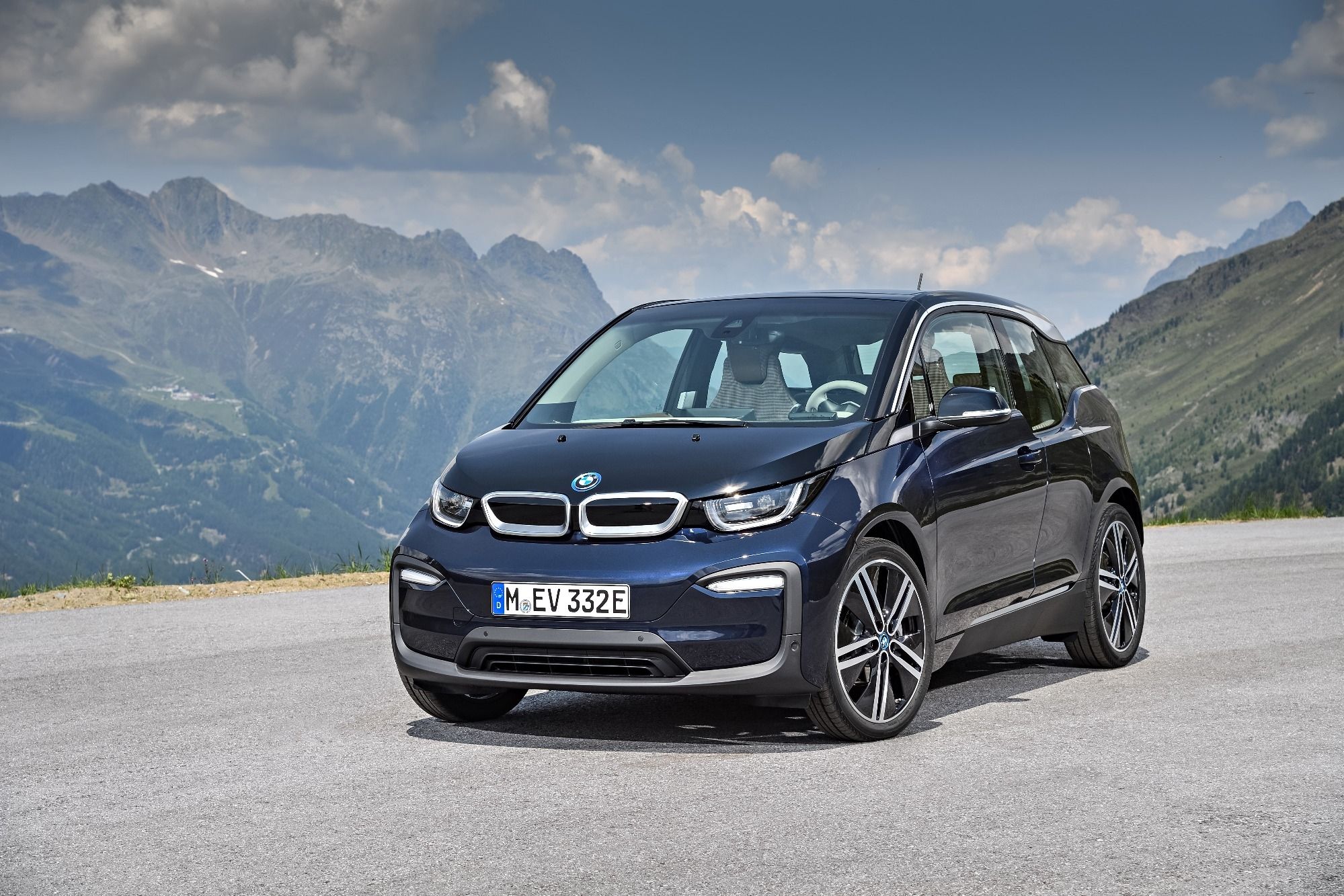
Carbon fiber has been all the rave in the automotive sphere for a very long time because of its lightweight and structural benefits. Its advantages have been seen in compact electric products such as the BMW i3 and high-end hypercars like the McLaren Senna. Production of this composite can be very expensive but an expert in the field has figured out a way to mass-produce it in an effective and eco-friendly way.
Retrac Composites, a company established in the UK as a specialist in complex parts for high-status customers, has devised a new compression molding technique that it says can make the exclusive material somewhat more accessible. This innovation benefits from the company's involvement in Formula 1 as a parts supplier and is being combined with plant-based fibers, bio-resins, and recycled carbon fiber.
The new range of composites employs five different sustainable or recycled options that have been developed to provide customers with a preferable level of accessibility without compromising sustainability or performance. It also showcases a plethora of recycled carbon fiber and natural fiber options that can be applied to several different lightweight structures. These materials consist of an RCF non-woven Flax, RC2 recycled carbon fiber, Evopreg ampliTex flax and powerRibs, woven glass thermoplastic, and woven carbon thermoplastic.
Traditionally, if you want to put a carbon structure together, a lengthy weaving process is required which requires constructors to place layers of fiber weaves into a mold, place it into a vacuum bag and compress. It then needs to be set in an autoclave at about 392 degrees Fahrenheit at six bars of pressure for four to six hours. This uses an extraordinary amount of energy, with costs of over $650 per cycle.
Retrac insists that it can cut this process down to a mere four minutes with its compression mold system. This uses dry matting which is then followed by a pre-mixed resin that has already been compressed and heated, thus cutting out several costly manufacturing steps and reducing energy usage. Certain companies have already adapted to compression molding for their products but this firm's new 60-ton screw press is what makes all the difference.
The press is powered by electric servos rather than the conventional hydraulic system which means that energy consumption is lower throughout the compression phase. That's because these servos only require energy as the press closes in on the structure. With this method, which benefits from Retrac's custom software, the production of carbon fiber composites will not only reduce production times significantly, but we can expect to see improved quality from the panels. Thanks to this, more automotive manufacturers will be able to make use of these parts in more affordable cars.
